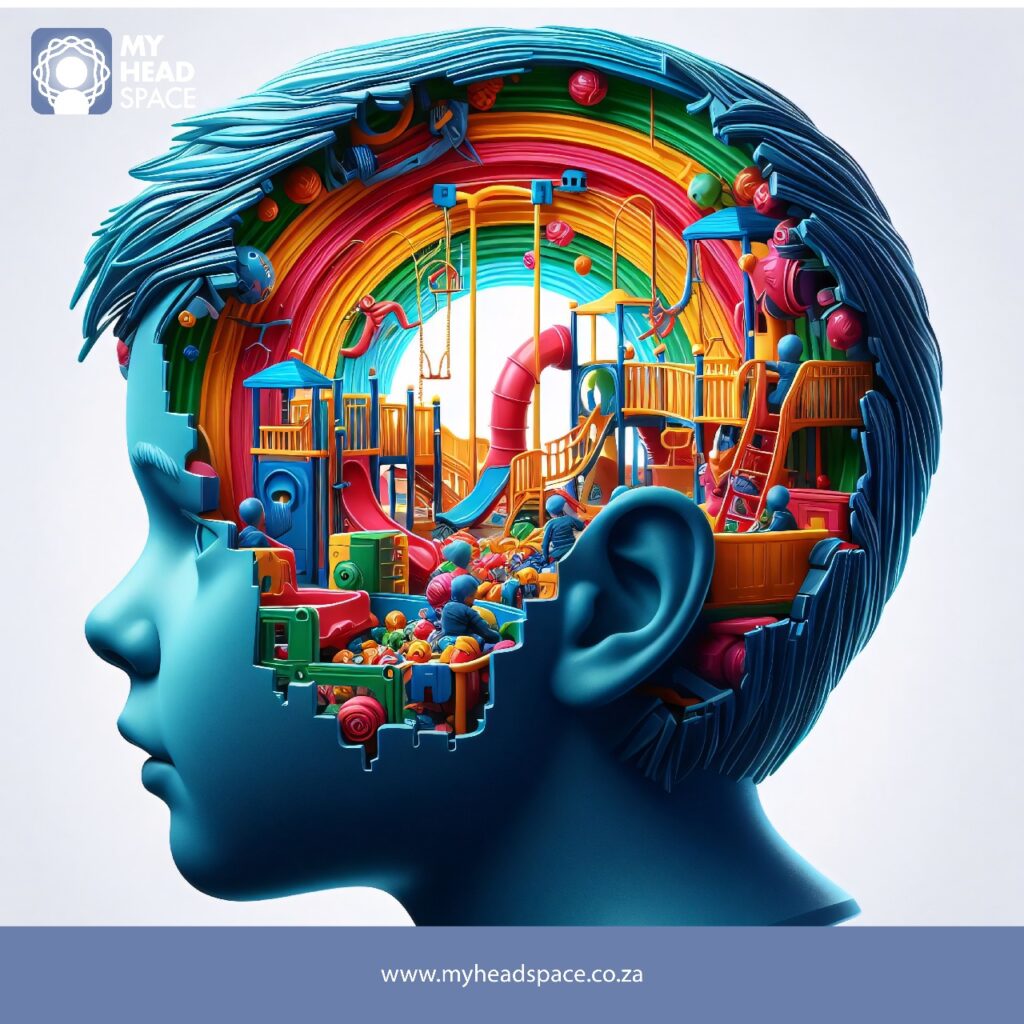
Child Therapist
Child Therapist
Supporting children as they navigate the challenges of growing up is a responsibility that often requires more than just parental care. A child therapist offers a safe and nurturing space where young minds can express themselves, work through difficulties, and build healthy coping strategies. But what exactly does a child therapist do, and how can they support your child’s growth and well-being?
Understanding the Role of a Child Therapist
A child therapist is a mental health professional trained to help children and adolescents with emotional, behavioral, and psychological challenges. Their work goes beyond addressing immediate issues—they focus on understanding the child’s world, their unique experiences, and the ways they communicate. Since children may struggle to express complex feelings through words, therapists often use creative methods like play therapy, drawing, or storytelling to help them process emotions.
Why Children May Need Therapy
Children can benefit from therapy for many reasons. Some common areas where a child therapist can provide support include:
-
Emotional struggles such as anxiety, sadness, or low self-esteem.
-
Behavioral concerns like anger outbursts, defiance, or withdrawal.
-
Life transitions, including divorce, moving, or changing schools.
-
Trauma or loss, helping children cope with grief or difficult events.
-
Social challenges, such as bullying, peer pressure, or difficulty making friends.
Early support from a therapist can help prevent these challenges from developing into deeper struggles later in life.
Tools and Techniques in Child Therapy
Child therapists often tailor their approach to match each child’s developmental stage and personality. Common methods include:
-
Play Therapy – Using toys, art, and games to help children express what they can’t say directly.
-
Cognitive-Behavioral Therapy (CBT) – Teaching children how thoughts influence feelings and behaviors.
-
Family Therapy – Involving parents or caregivers to improve communication and strengthen support systems.
-
Mindfulness and Relaxation – Helping children learn calming strategies to manage stress and big emotions.
These tools encourage self-expression, resilience, and emotional regulation.
The Role of Parents and Families
Therapy for children is most effective when families are involved. A child therapist may guide parents on how to respond to their child’s needs, set healthy boundaries, and create an environment where the child feels understood and supported. When families and therapists work together, children feel more secure in their journey of growth.
Building a Foundation for the Future
Child therapy isn’t just about solving problems—it’s about equipping children with skills for lifelong well-being. By addressing challenges early, therapy builds resilience, self-awareness, and confidence. With the right support, children can thrive emotionally, socially, and academically.
Finding the Right Child Therapist
When looking for a child therapist, consider their experience with children of similar age, their therapeutic approach, and whether your child feels comfortable with them. A strong, trusting relationship between the child and therapist is essential for meaningful progress
Every child deserves a safe space to explore their feelings and challenges. A child therapist can provide that support, guiding both children and their families toward healthier communication, emotional balance, and a brighter future. At MyHeadSpace, we believe in empowering young minds and fostering growth through compassionate, professional guidance.
